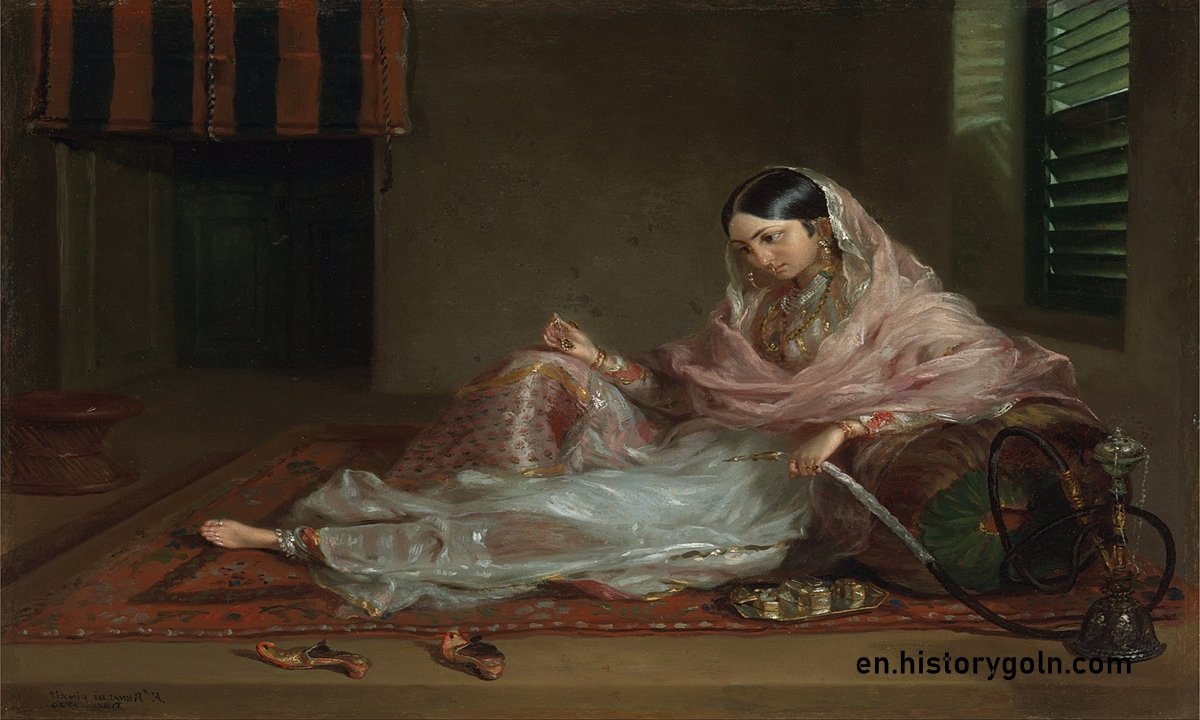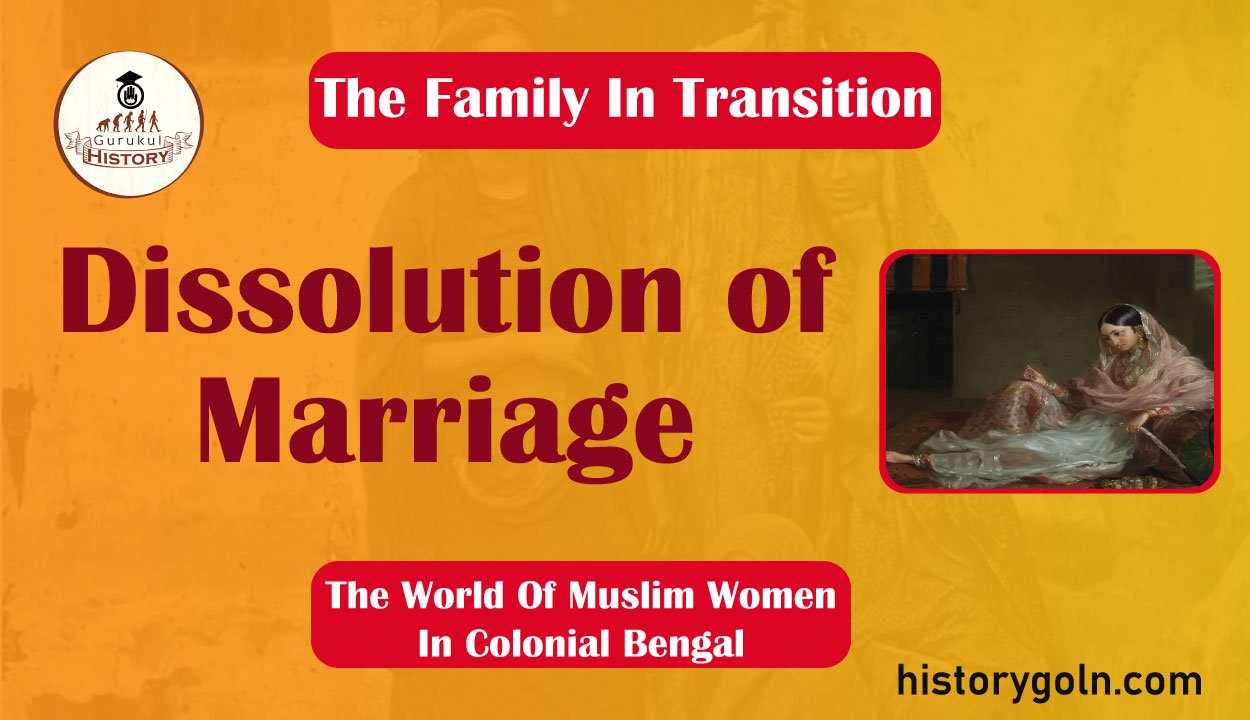Today our topic of discussion is Dissolution of Marriage .
Dissolution of Marriage

Theoretically, a Muslim marriage may be terminated if either partner fails in his or her conjugal duties (though the Koran makes it clear that is not favoured unless absolutely necessary). Technically, dissolution of marriage (where a marriage is dissolved or declared void) is to be differentiated from divorce or talaq where a party moves for the termination.
Though polygamy is mentioned only once in the Koran, repudiation of marriage is the subject of many verses e.g. Sura 2. Verse nos. 227, 229. “But legally speaking the most significant reference to the institution of repudiation is probably verse 20 of the fourth surn” 83 This verse allowed capricious interpretations leading to light hearted, easy and whimsical decisions on part of the male to severe the marital bond. Verse 231 of Sura 2 warns against abuse of the provisions.
Over time a discourseon divorce developed allowing various stands. Islamic Sharia, as it developed over the centuries, was rather unique among the world religions. in that it granted women the right to divorce, albeit a ‘conferred or ‘delegated one.
In reality very few women had the delegated ‘divorce right’ (talaki taufid) as it would have to be entered into the marriage contract. Culturally, raising the issue of divorce at weddings was (and still is) considered inauspicious in bhadro society.
However, legally the right existed and that was a theoretical gain at least. As Mernissi pointed out, the technique of delegation was significant because of the mechanism and concepts involved in it positing that self-determinism could be transferred from men to women.
Hunter compiling his statistical accounts of Noakhali district around 1875 commented: “… The collector says that divorces are rare, specially when there are children.-85 This official review of divorce was not shared by reformers, judging by their preoccupation with the issue as evinced in early twentieth century writings. Of course, divorce here meant the male right and its abuse.
By 1900, reformism gained ground and contemporary periodicals were much taken up with the matter of divorce. Islam Pracharak raised the issue of ill-treatment of wives in 1909, deploring the fact that Muslims were treating, their wives as any other mal or property and divorced them on the most trivial grounds. Such behaviour the article commented “was not countenanced by the Quran, Hadith or Fiqh.”

In a similar vein, Al Eslam lamented in 1919 that it was common practice for husbands to beat or divorce their wives simply because there was either too much or two little salt in the curry.
An interesting insight into the contemporary discourse on divorce may be gleaned from a series of articles and counter articles published in Al Eslam through 1917-1918. The first, a series of three articles were titled Talak (Divorce). The author considered the custom of easy divorce, lead- ing to its high incidence, a gross misinterpretation of Koranic injunctions.
The writer skillfully developed a discourse on the subject, commending the ‘humaneness of sharia provisions but condemning their abuse.87
It was Mohammad Akram Khan who in 1927 first broached an issue quite daring for the time the right of women to divorce 88 Women from the time of Faizunnessa had found means to circumvent unhappy marriages by socially accepted states of separation.
This may not (as in Faizunnessa’s case) or may have (as in Fatema Khanam’s case) entailed economic hardship depending on the class of the person involved. In 1939 however the state took it upon itself to intervene in Muslim family law by a divorce legislation. The colonial government had not since the passing of the Child Marriage Restraint Act, interfered in the domain of the family. But in 1939 it passed ‘The Dissolution of Muslim Marriages Act’.
Formerly, the courts following Hanafi school of law had denied Muslim women the rights of dissolution available to them under certain circumstances under other schools of the Sharia. After a good deal of public agitation Kazi Muhammad Ahmad Kazim introduced the bill in the central legislature in April 1936.
The bill became law three years later and has been hailed as one of the most progressive enactments passed by the Indian legislature. The Act restored to a Muslim wife her lost right of judaical separation from a husband under certain circumstances and abolished all barriers between different sects and schools of Muslims, by Codification of the law pertaining to dissolution.
The speech made it clear that Hanafi jurists had now agreed to allow women the rights accorded them by the Maliki, Shafayee and Hambali schools. Like many other colonial legislative measures affecting women (e.g., Sati, widow remarriage, child marriage), there were many conditions and clauses. The act like the acts on the above issues. was in conformity with authoritative texts (ie. the Sharia as codified by juristic schools.

Though the law upheld scriptural authority, in one sense it laid a basis for a future change, even violation, of that authority as evinced by a much later enactment which built upon it, the Muslim Family Laws Ordinance of 1961 in Pakistan. Clause 11(a) of section 2 of this ordinance enabled wives to move for a dissolution in cases of husband’s acts of polygamy if they so desired.
See more:
